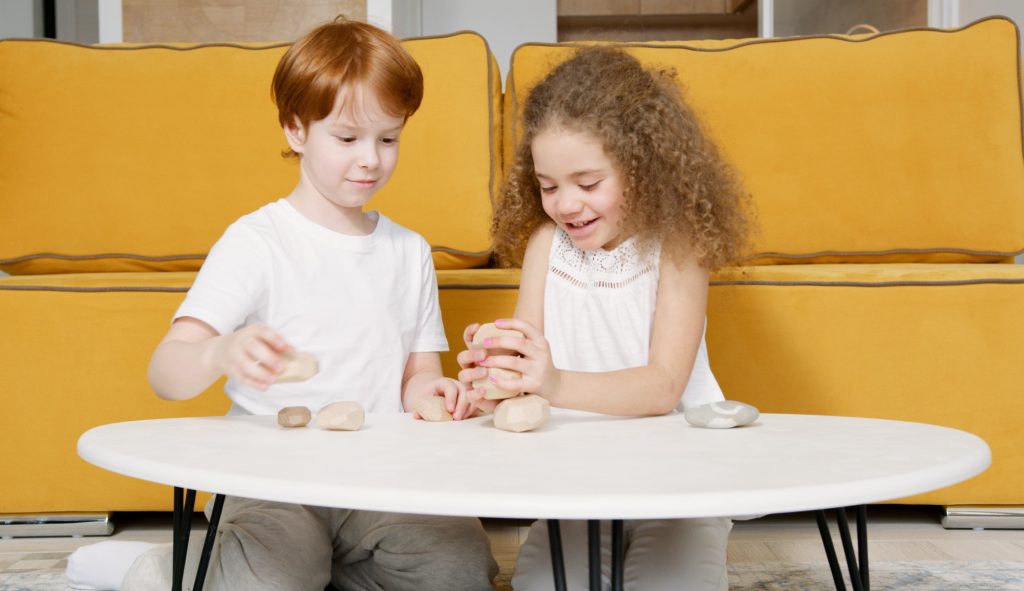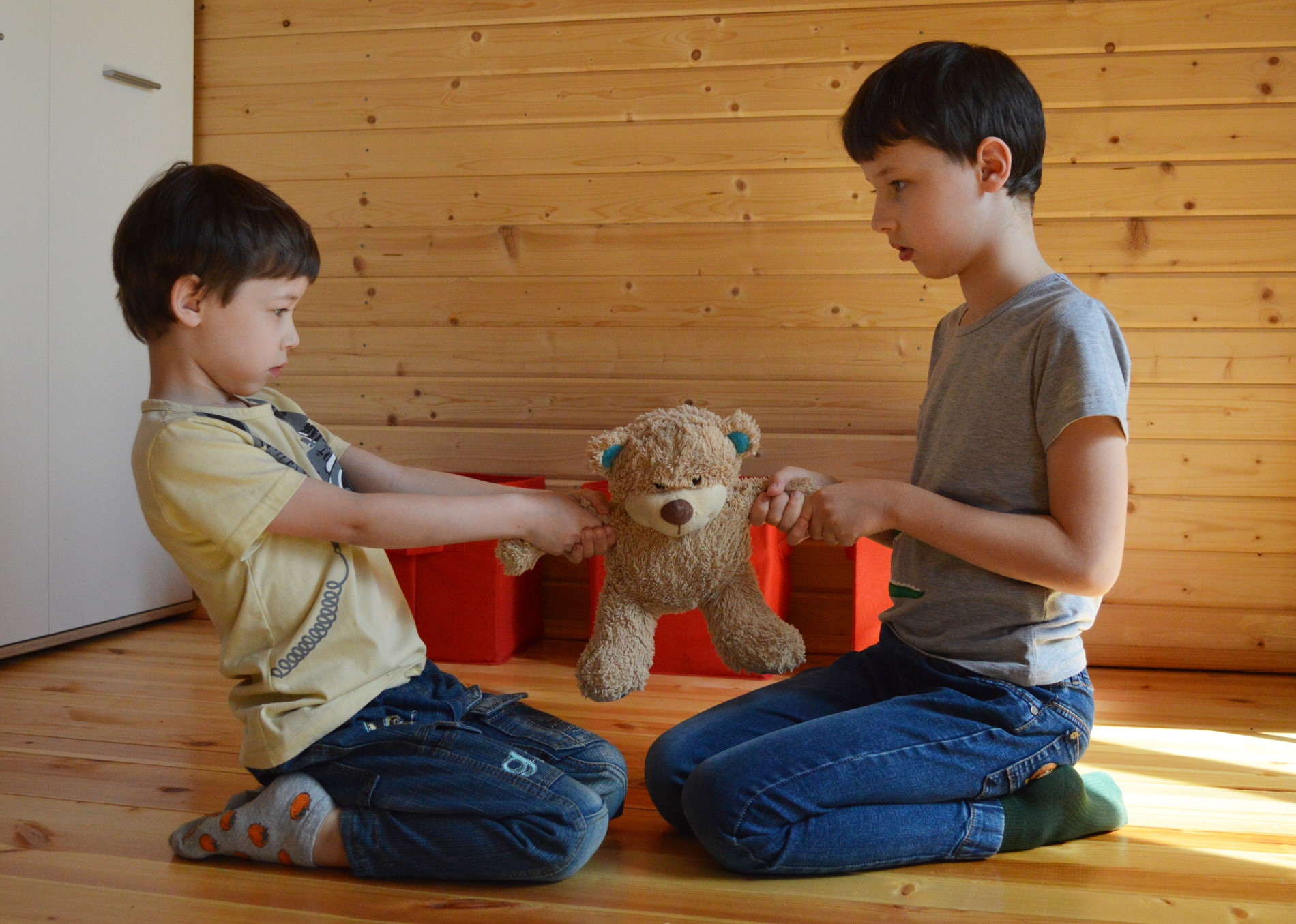Seven practical examples for teaching kids how to deal with conflict:
1. Develop good conversational skills.
Kids need to learn how to express their emotions without yelling or accusing one another for a dispute to cease. It’s challenging to develop communication skills while tensions are high. Because of this, it’s essential to practice this ability in controlled, low-stress environments.
2. Use “I” phrases to describe your needs and feelings.
It is typically more helpful to say something like, “I was deeply upset when you said that about me to the others,” rather than starting a conflict by stating, “You said that to the others intentionally just to harm me!”
3. Encourage kids to verbalize or write about their emotions.
Giving children a chance to communicate their needs and feelings is crucial. Instead of placing blame or making negative remarks about others, encourage children to utilize “I” words like “I feel frustrated when you do something like that without talking to me first.”
4. Develop potential solutions to the issues in advance.
Help children develop their ability to solve problems by having them discuss ideas, create an action plan, and carry it out. Teaching kids how to resolve disputes on their own will give them a sense of empowerment.

5. Role-playing.
Children may learn conflict resolution skills through role-playing, which is both enjoyable and effective. Encourage children to role-play various circumstances as they jointly decide on the best course of action.
Encourage children to strive to comprehend and take into account the sentiments of others. This will help them overcome disagreements.
6. Establish limits and consequences.
Establish clear boundaries and sanctions for unacceptable behavior. Punching or calling others names should not be tolerated. This can teach children to respect others and settle disputes amicably as that is in their interest.
7. Imitation.
Show your kids how you would act in these circumstances. Let them follow suit or come up with their own responses. Encourage them to alter what you did and include their ideas.
Remember that disagreements among children are common and necessary for their growth. You may teach them how to manage conflict situations constructively and healthier by teaching them effective conflict-resolution techniques.
If you would like to read a detailed text covering this topic, you would probably want to read my article:
How to Teach Kids to Handle Conflict
